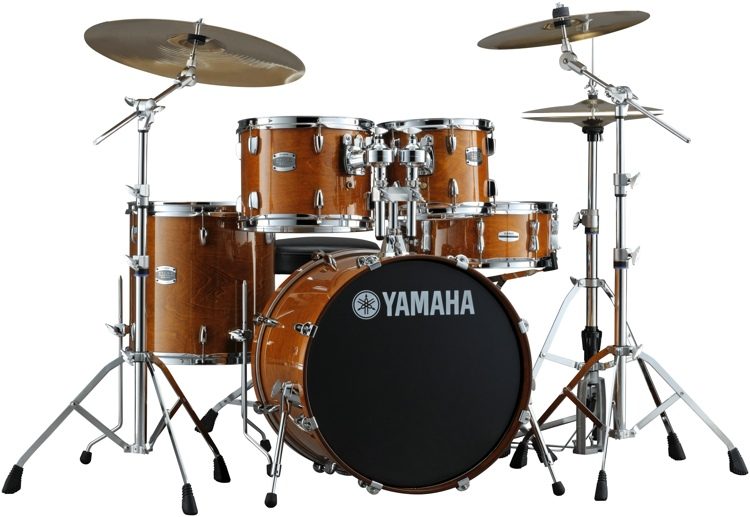Guns often carry very divergent connotations for different people. Some immediately gravitate towards guns being lethal killing machines while others view them as mechanisms of self-defense. These contrasting perspectives are frequently showcased in the form of compelling advertisements that influence millions of viewers. The Moms Demand Action organization released an impactful anti-gun advertisement after the 2012 Sandy Hook shooting, highlighting the irony of the legality of assault weapons. On the other hand, the National Rifle Association published an advertisement after Obama’s 2013 State of the Union speech emphasizing the use of guns for protection in homes. Though these two ads communicate two completely different messages, they both employ pathos, various opportunities of Kairos, and commonplaces to effectively persuade their audiences.
The main objective of these advertisements is to strike at emotions in order to plant a seed of both empathy and rage in the audience. Moms Demand Action’s advertisement places two children side by side; one holding a gun and another holding a Kinder Egg. In comparing the two objects, it’s evident that they’re seeking to emphasize the irony of the banned egg and the legal assault weapon. This ironic graphic is meant to induce anger in the audience, as it’s simply illogical to ban such a seemingly harmless object while legalizing a deadly weapon. This anger is then supposedly translated into a sense of civic responsibility, which was the intended goal of the creators. The tactic of utilizing children in the advertisement is meant to produce a feeling of compassion which then makes the audience feel guilt. The school backdrop serves as a reminder of all the school shootings which invokes feelings of devastation. Furthermore, the expressionless faces that the children carry are meant to seep into the audience’s minds as despair and almost convey a call for help. The dark color scheme in the advertisement also radiates a tone of somberness and gloom which plays a role in making the audience feel empathy. Overall, pathos plays an essential role in this advertisement because it makes the audience more vulnerable and susceptible to agreeing with the message that they were trying to convey.
Similarly, the NRA released an ad that involved the concept of protecting family and children. The two silhouettes standing outside the house represent intruders that are looking to impose harm on the family inside. The caption in the advertisement relays the importance of guns in such a situation as a means of self-defense and protection. These details present an emotional appeal to the audience because it forces the audience to think about the what-ifs in a home invasion situation which then prompts feelings of fear. This feeling of fear urges the audience to believe that they need these guns to protect their families, which is clearly one of the top priorities for most people. While still using a similar emotional appeal, the NRA manages to completely turn their argument around to rally support for guns.
One crucial aspect that these advertisements successfully take advantage of is Kairos. Moms Demand Action released their ad just after the Sandy Hook Shooting, which was a crucial and pressing time for America. Tensions around gun control were high and many supporters of guns suddenly became apprehensive. Revealing this ad in this specific pocket of time was strategic because now, the issue is both relevant and urgent. After such a tragic event, the audience is still in shock and the creators of the ad almost use this state of mind to manipulate them. If this ad were to come out at a different time in which tension was not as strong, the reactions towards it would not have been the same and the ad wouldn’t have worked as effectively. The environment and stress that the Sandy Hook shooting created allowed for this ad to present itself as more significant because the audience is forced to consider the consequences of the recent shooting. Kairos was important in this situation because it makes the argument significantly more influential by capturing the audience’s attention in a gripping way.
In the year 2013, Obama declared in his State of the Union speech that he would take action to prevent gun violence and mass shootings. This action involved the banning of high-capacity magazines in guns, which the NRA was not pleased with. Shortly after his speech, the NRA released the ad, criticizing Obama and the policies that he implemented. The implicit argument that the advertisement made was attacking Obama’s hypocrisy, asserting that it was unjust that the president and his family were protected with high-level security while he’s limiting the protection for American families at home. This point would be effective right after Obama’s speech because the audience would be able to relate to the advertisement in a way that causes them to band together to fight for justice. The people of America come together best they’re fighting against something they’re displeased with. This was one of those times.
Both ads portray similar civic commonplaces that all Americans share. Both ads include graphics of children and family. Family life and raising children are some of the most common “themes” in America. It’s essentially a tradition for people to find a home to settle down in and raise kids. These commonplaces are used strategically to capture the attention of Americans who share the same values of family. It also emphasizes that even in such a common household, anything can happen. In any school, anything can happen. The commonplaces displayed in these ads make them more relatable and allow the audience to be more engaged.
The call for a shift in gun culture is elevated in both ads. Though they may have contradictory arguments, they both use emotional appeal, prior events, and relatable graphics to accentuate their positions. Both impact the audience powerfully in order to obtain a positive response and fruitful results.
Speech Outline:
Introduction: Which would you rather have in the hands of your child? A Kinder Egg or a gun? Hard decision, right? (Some attention capturing statement/question)
Explanation: Explain the advertisement itself and the message that the ad encourages.
Kairos: Explain the event that prompted the ad and why it was effective/important. How did Kairos play a role in persuading the audience?
Pathos: How does this ad make the audience feel and why is it important/effective that they feel this way? How do these feelings make the creator’s message stand out more?
Commonplaces/Civic life: Talk about different commonplaces the ad presents. How is this ad calling citizens to action? How does it place a sense of civic duty on the audience? How do these capture the audience’s attention further?
Conclusion

















